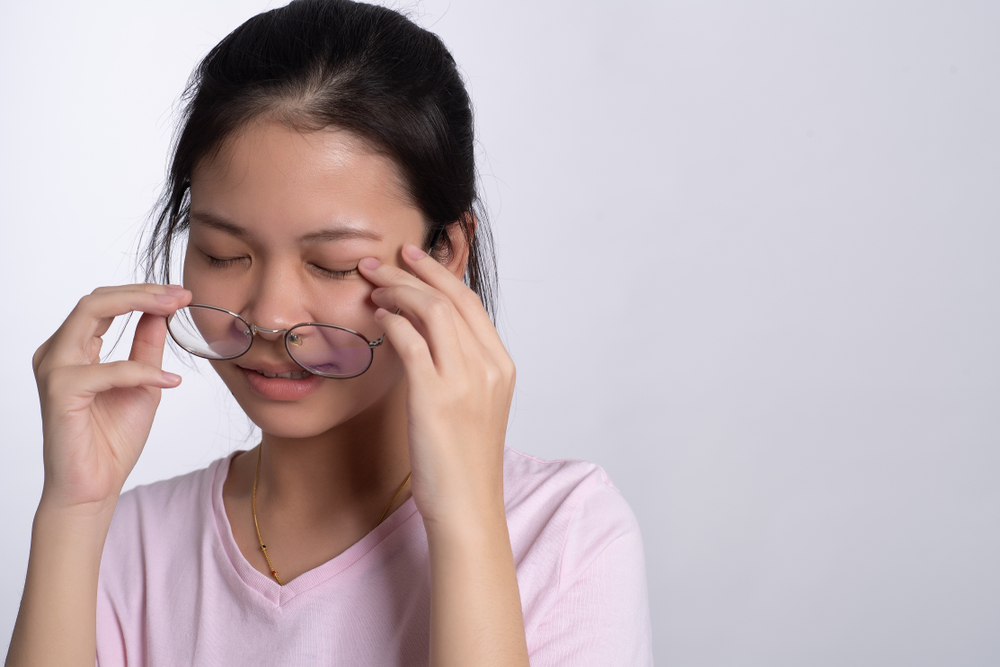
Dry eye is a condition that affects millions of people, occurring when the tears do not adequately lubricate the eyes. There are two main ways that dry eye can occur. Either the tear film is of poor quality or there are not enough tears produced. Dry eyes can cause damage to the surface of the cornea and result in worsening vision if untreated.
Symptoms of Dry Eye
Dry eye has several symptoms that can sometimes be mistaken for seasonal allergies. If you experience any or all these symptoms, you should see an eye doctor. The eye doctor will give you an eye exam to determine whether dry eyes or seasonal allergies cause them. The main symptoms of dry eye are:
Discomfort in the eye.
Redness of the eyes that worsens as the day progresses.
Burning or a sensation of having sand in the eye.
Blurred vision.
What Causes Dry Eyes?
There are two leading causes of dry eye. They are decreased tear production and evaporation of the tear film. These two mainly affect the structure of the tear film. The tear film is made up of three main layers that are important to the functioning of the tear film.
Outer Oil Layer
This part of the tear film contains oils secreted by the meibomian glands in the eyelids. The purpose of the oils is to prevent quick evaporation of the tear film and stabilize it. This layer is also responsible for lubricating the inside of your eyelid.
Aqueous Layer
This layer of water makes up 95 percent of the tear film. The lacrimal glands secrete this layer. The purpose of this layer is to supply nutrients and other substances to the structure of the eye.
Mucin Layer
This layer of the tear film helps keep the film stable. It is also responsible for ensuring that the tear film is well distributed.
The two leading causes of dry eye vary with the affected part of the tear film.
Decreased Tear Production
Studies link this cause of dry eye to a systemic inflammatory condition or an autoimmune disorder. These conditions can damage the tear glands, causing a decrease in tear production. These conditions also lead to a reduction in the sensation of the corneal surface. This causes a detrimental effect on the health of the cornea.
Evaporation of the Tear Film
Doctors link this cause of dry eyes to meibomian gland dysfunction or blepharitis. Meibomian gland dysfunction and blepharitis both affect the production of the lipid layer of the tear film. The lack of the lipid layer in the tear film means that the tears will evaporate quickly. This is because the tear film is poor, which means that the eye is not adequately lubricated.
Treatment of Dry Eye
There are two main treatments offered for people with dry eye. The first is punctal occlusion, which includes blocking the tear-draining holes in the corner of the eye. This procedure helps increase tears in the eye.
Another treatment is thermal pulsation that involves using specialized devices on the eyelids. These devices utilize heat and massage to break down blockages in the meibomian glands.
For more eye protection tips or to schedule an appointment, call Clarity Vision at (919) 550-4801 to reach our office in Clayton, North Carolina.
















